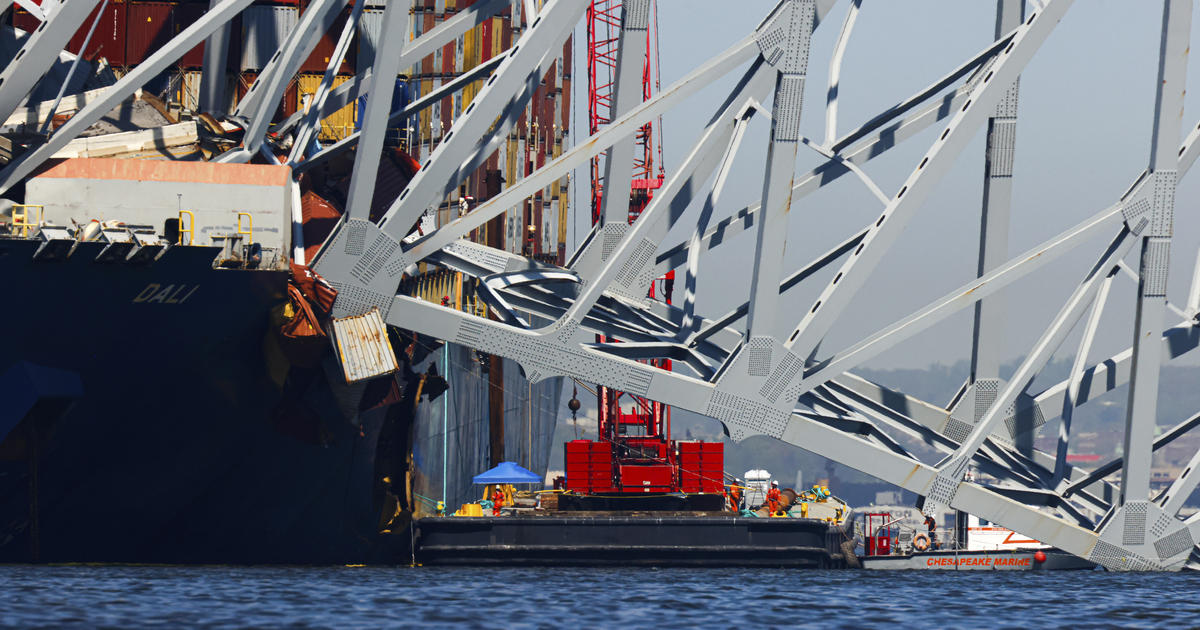Md. Removing Invasive Plants From Highway Medians
ZOE READ
The Capital of Annapolis
ANNAPOLIS, Md. (AP) -- Bill Hubbard of Ferndale was driving home from work when he noticed the beautiful scenery he had become accustomed to was missing. Off to the sides of Route 100, it was completely leveled off. Everything was gone.
"They must have pulled down 8 acres of trees. I guess at some point there won't be any trees to cut down," said Hubbard, who has lived in the area his whole life. "Everywhere you look they're taking everything out."
Residents such as Hubbard might be upset that aesthetically pleasing flora is suddenly disappearing, but State Highway Administration officials say to trust them. The agency's crews have been working to eliminate invasive plants that destroy native greenery.
The work is taking place along several roads in Anne Arundel County, and in other roadsides, medians and wetlands in nine Maryland counties, to prevent problems with visibility, drainage and improve the effectiveness of wetlands.
If left, invasive plants could cause travel safety issues if they fall onto the road, according to the SHA. The agency expects the cutting to continue through 2015.
"These plants are so prolific, and for safety reasons you need to control them," said Charlie Gischlar, a spokesman for the SHA. "It limits the driver's sight, which can cause a crash."
The projects started in roadside wetlands about a month ago, including locations off Baltimore-Annapolis Boulevard, Route 100 at Telegraph Road, Baltimore Annapolis Boulevard and Route 100 near Queenstown Road. The SHA plans to start work on the other corridors, including Route 50, in May.
It's important to target the wetlands, Gischlar said, because invasive species can change the hydrology of wetlands. They drown out native plants, which is a concern because wetlands are vital habitats for various species.
There's a lot work to be done, and contractors are working feverishly, Gischlar said. One of the strategies to eliminate plants that support the mile-a-minute-weevil, an insect that eats mile-a-minute weed. So far it has been working, Gischlar said.
The SHA anticipated criticism of to its "Spring Clean," because it looks as though crews are demolishing pretty trees and shrubs that have colorful flowers on them, Gischlar said.
"The Bradford Pear looks beautiful -- it's white, it's gorgeous -- but they spread quickly," he said. "It could fall into the road. It will come down and present a danger."
The SHA wants to establish native species and vegetation so there will be animal life. In some areas, the agency will even make the effort to plant native greenery. These will mostly grow horizontally in order to maintain safe sight distance, Gischlar said.
However, people like Hubbard feel that there is no longer ample space for wildlife.
"I do feel for the remaining wildlife in the area," he said. "They have no place to go."
Information from: The Capital of Annapolis, Md., http://capitalgazette.com
(Copyright 2013 by The Associated Press. All Rights Reserved.)



